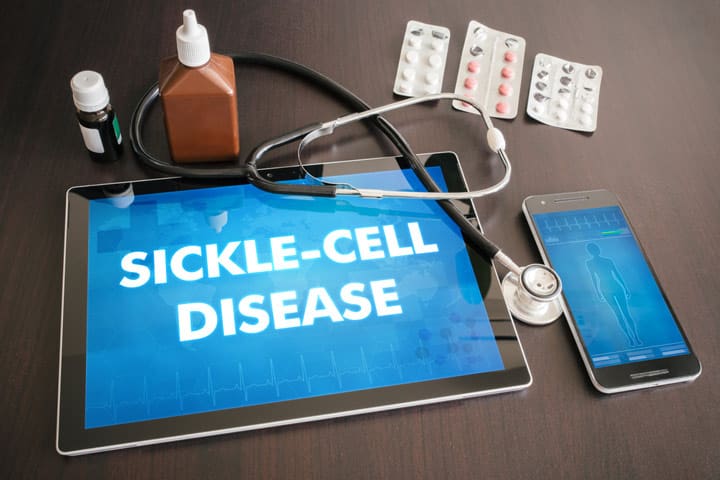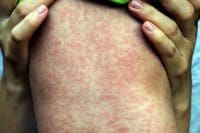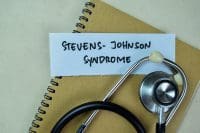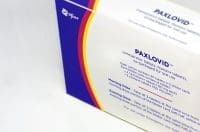Following the pain pathway leads to a good outcome.
Takeaways:
- Quick action and critical thinking leads to optimal pain control for sickle cell patients in crisis.
- Pain management pathways and evidence-based guidelines can positively affect patient outcomes at the bedside.
When Jessica Jackson*, a 16-year-old girl, arrives at the emergency department (ED), she reports pain in her right arm, which she rates 8/10. Jessica’s father tells you that she has sickle cell disease and that she’s had severe right arm pain for the past 12 hours, which hasn’t been relieved by her home pain action plan. Jessica doesn’t drink alcohol or smoke, and her only allergy is to hydromorphone, which causes itching and hives.
History and assessment hints
Mr. Jackson reports that this is Jessica’s fourth ED visit in 6 months due to an acute pain episode. He tells you that Jessica took oxycodone and acetaminophen, per her home pain control plan, 4 hours before arriving at the ED. Jessica’s vital signs are blood pressure 121/70 mmHg, heart rate 101 beats per minute, respirations 18 breaths per minute, and temperature 98.7° F (37° C). During your physical examination, distal vascular checks are negative and Jessica’s mucous membranes are dry; you determine that the pain is localized to her right arm. Jessica reports no recent trauma.
Taking action
Suspecting sickle cell pain crisis, you notify the provider to activate the ED sickle cell pain pathway. While another nurse establishes vascular access, you administer intranasal fentanyl and apply hot packs to the painful area. When Jessica’s pain continues, you collect specimens for a point-of-care urine pregnancy test, complete blood count (CBC) with differential, complete metabolic panel, reticulocyte count, and a type and screen. CBC results are remarkable for a decreased hemoglobin of 8.8 g/dL, decreased hematocrit of 19%, and increased reticulocyte count of 4.2%. Metabolic labs are within normal limits. The urine pregnancy test is negative.
Following the sickle cell pain pathway, you administer the first doses of I.V. morphine and I.V. ketorolac. You also start a continuous infusion of 5% dextrose and 0.45% sodium chloride at a maintenance rate. After 20 minutes, Jessica still reports 8/10 pain, so you administer another dose of I.V. morphine. After two more reassessments and repeat I.V. morphine dosings, Jessica’s pain doesn’t improve. The ED physician consults the hematology service and plans for admission to the inpatient acute care unit. You perform situation-background-assessment-recommendation handoff to the inpatient nurse and transport Jessica to her room.
Outcome
After 2 days of I.V. hydration, I.V. ketorolac, and patient controlled–analgesia morphine infusion, Jessica’s pain improves, reporting a pain score of 2/10. Before discharge, Jessica and her father see the pain specialty service to address her complex pain management needs and her home pain action plan. The provider prescribes opioid and non-opioid pain medications and a home pain-management plan.
Education and follow-up
The discharge nurse instructs Jessica and her father to monitor for early warning signs of a pain crisis and to begin following the established home-management plan of care. The nurse reminds Jessica to stay hydrated to help prevent potential sickle cell crises and assists in scheduling follow-up appointments with her hematologist and pain service provider.
Pain caused by sickle cells that become trapped in small blood vessels is the most common complication of sickle cell disease. By following the sickle cell pain pathway, you ensured that Jessica received appropriate care as soon as possible.
*Name is fictitious.
John Taylor is an associate professor of nursing at West Chester University in West Chester, Pennsylvania, and a clinical nurse at The Children’s Hospital of Philadelphia. Daniel Bileth is an assistant professor of nursing at West Chester University and a clinical nurse at Nemours Children’s Hospital, Delaware.
References
Brandow AM, Carroll CP, Creary S, et al. American Society of Hematology 2020 guidelines for sickle cell disease: Management of acute and chronic pain. Blood Adv. 2020;4(12):2656-2701. doi: 10.1182/bloodadvances.2020001851
Myrick R, Blakemore S, Waite E, et al. Outpatient pain clinic and intranasal fentanyl to improve sickle cell disease outcomes. Pediatr Blood Cancer. 2020;67(10):e28648. doi:10.1002/pbc.28648



















1 Comment. Leave new
Great information!!